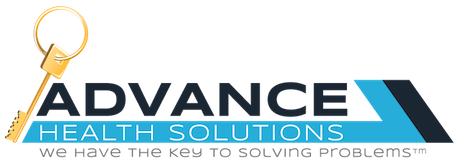FORMATIVE AND SUMMATIVE EVALUATIONS
Benefits to our clients: Guides strategic business decision-making, demonstrates return on investment (ROI), allows for comparative impact assessments across similar programs, services or products for health policy determination (e.g., reimbursement by payors), determines feasibility for program replication or expansion to broader market segments, and helps determine more efficient resource allocation.
Deliverables include:
Formative Evaluation:
- Needs assessment – Determines the target market; extent of need and services and solutions to meet need
- Feasibility assessment – Determines best evaluation approach; assesses how stakeholders view the utility of the evaluation
- Structured conceptualization – Defines the program, service or product; identifies the target population(s) and impacts (intended and unintended)
- Implementation evaluation – Monitors fidelity of program or product
- Process evaluation – Investigates the strengths and weaknesses of the process of delivering programs, products or services as a quality improvement strategy through comparative analyses
Summative Evaluation:
- Outcomes evaluation – Investigates causal relationship between the program, service or product and outcomes in the target population
- Impact evaluation – Assesses the overall or net effects (intended or unintended) of a program, service or product on the target population
- Economic evaluation – Comparatively examines the cost-effectiveness or cost-benefits of a program, service or product relative to alternatives or accepted “gold standards”
- Empowerment evaluation – Qualitative and quantitative metrics are examined to determine program effectiveness as it relates to empowering self-care activities and awareness
- Secondary evaluation – Examines existing data sources gathered for purposes other than evaluation to address outcomes and impacts of a program, service or product offering (includes meta-analysis)
Full-scale Evaluation Services and Solutions:
- Development of short-term and long-term evaluation plans
- Prospective and retrospective evaluation designs
- Study group or sample selection (probability and non-probability, purposeful, and convenience/ haphazard sample)
- Process and outcomes metrics selection
- Creation of data collection instruments/tools with validity and reliability assessments as well as response-item scaling and validation
- Electronic database design and implementation
- Data preparation and qualitative (e.g., ethnography and phenomenology) and quantitative (e.g., logic models) analysis
- Results dissemination and publication
- Competitive and non-competitive proposal development
- Training and education workshops in evaluation strategies
